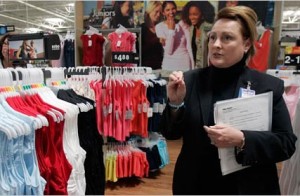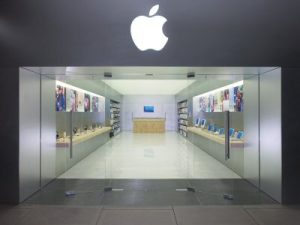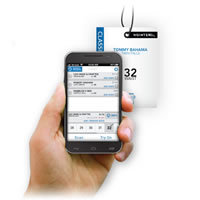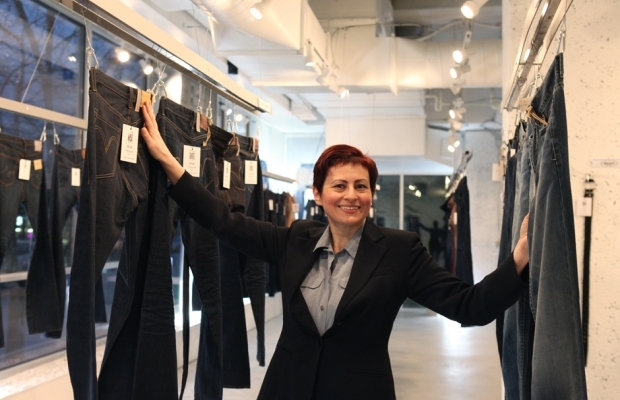Business Model Innovation Taken for a Spin by Zaycon Foods
There is no doubt that people are becoming more interested in where their food came from and with meat prices rising (especially here in the United States with widespread drought in some areas) people are also becoming more concerned with the cost.
Like a blast from the past, when neighbors used to get together and buy a side of beef together and have a butcher carve it up so they could stash it in their respective freezers, Zaycon Foods has come along with a business model innovation and introduced a Farm->Truck->You food distribution system for some types of meat and produce, bypassing several layers of warehousing, truck shipment, and unnecessary waiting time.
Here is a video describing their business model innovation for a spin using chicken as an example:
But it is not just chicken that they offer at their buying events. They also offer 93/7 lean ground beef, premium bacon, ribs, hot dogs, ham, and even seasonal produce straight to the trunk of your car. The benefits of the business model innovation are numerous:
- Lower prices
- Fresher food (no waiting steps in the process)
- No food waste (which is part of the reason retailer’s charge more)
Now operating in 48 states to 1,000+ locations here in the United Sates and a growing favorite of churches, and other group purchasers, neighbors are now banding together and doing a scaled down version of sharing a side of beef (or, um, chicken).
What do you think? Is this an innovation or not?
P.S. They did win the first annual Post Harvest Waste Innovation Award from The Post Harvest Project (TPHP), a nonprofit organization founded in 2012 through the support of The Clinton Global Initiative.
Source: The Seattle Times

![]() Sign up here to get Human-Centered Change & Innovation Weekly delivered to your inbox every week.
Sign up here to get Human-Centered Change & Innovation Weekly delivered to your inbox every week.
 Cost Cutting Gone Mad
Cost Cutting Gone Mad
 Old School vs. Old School
Old School vs. Old School All of this inventory has been tagged for individual sale and is there every day, just in case the person who wants that size, color, style, whatever, walks into the store ready to take it home today.
All of this inventory has been tagged for individual sale and is there every day, just in case the person who wants that size, color, style, whatever, walks into the store ready to take it home today. Apple Stores are a hybrid between the two. Accessories are out on the floor boxed for individual sale, while iMac and iBook computers, iPad tablets, and iPod mp3 players are all out of the box and display in droves for customers to try out and hopefully purchase. Then if they do, the box appears from the warehouse in the back.
Apple Stores are a hybrid between the two. Accessories are out on the floor boxed for individual sale, while iMac and iBook computers, iPad tablets, and iPod mp3 players are all out of the box and display in droves for customers to try out and hopefully purchase. Then if they do, the box appears from the warehouse in the back. This has led to the rise of what physical retailers rail against, the concept of showrooming. If you’re not familiar with what showrooming is, it is the pattern of behavior where potential customers come into a physical retail store, explore the product, try it on if necessary, and then leave the store and buy the product online from a competitor like Amazon.
This has led to the rise of what physical retailers rail against, the concept of showrooming. If you’re not familiar with what showrooming is, it is the pattern of behavior where potential customers come into a physical retail store, explore the product, try it on if necessary, and then leave the store and buy the product online from a competitor like Amazon.